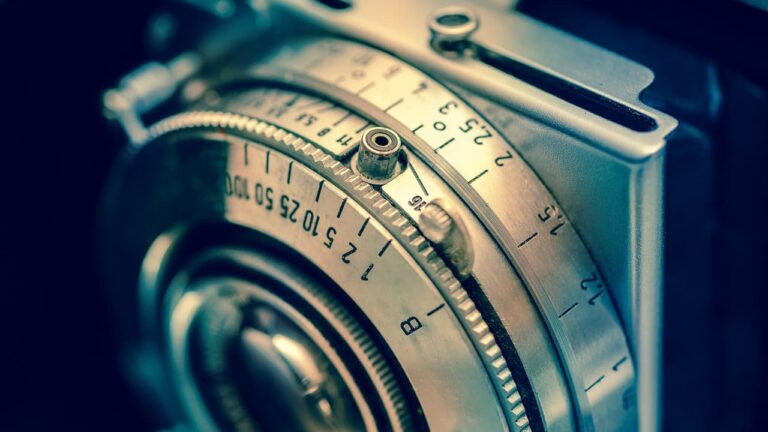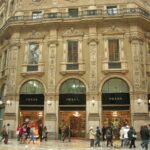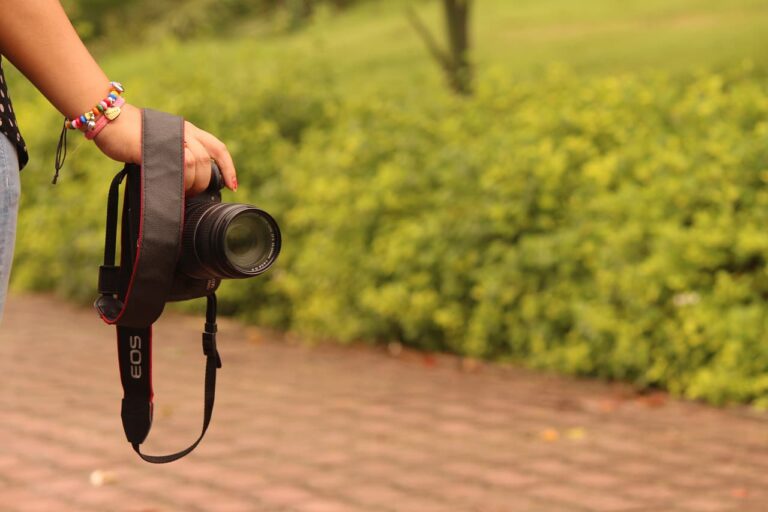Prada, an iconic brand in the luxury fashion sphere, has continued to captivate fashion enthusiasts for over a century. Identified by its signature triangular logo and the iconic Prada nylon bag, the brand has transcended its beginnings as a leather goods and accessories purveyor to become a global fashion phenomenon.
Miuccia Prada, the creative powerhouse, played a pivotal role in shaping Prada’s distinctive style and elevated it to a fashion powerhouse in the 1970s.
Prada Fashion Show
Prada’s story unfolds in 1913, with Mario Prada and his brother Martino establishing a leather goods store, “Fratelli Prada,” in Milan. Nestled in the opulent Galleria Vittorio Emanuele II, their inaugural store, specializing in bags, trunks, and travel accessories, still thrives today.
The brand’s trajectory was marked by significant milestones:
- In 1919, Prada ascended in prominence after being appointed the official supplier to the Italian royal household. This honored distinction allowed the incorporation of the House of Savoy’s coat of arms and knotted rope into its signature triangular logo. Prada became synonymous with Italian aristocracy and upper-middle-class, solidifying its elite status.
- Mario, a conservative, was inclined to pass the business to his son, but fate had other plans. With his son showing little interest, Mario’s daughter, Luisa Prada, assumed the reins.
- For two decades, Luisa steered the family enterprise until the 1970s when her daughter, Miuccia Prada, emerged as the chief designer, bringing a wave of innovation with luxury bags and luggage.
- Miuccia’s entry into the fashion realm was unorthodox. Initially, a political science student at the University of Milan and a mime student at Teatro Piccolo, she was also an active member of the Italian Communist Party and a women’s rights advocate. Despite these, her passion for fashion prevailed.
- Around 1978, Miuccia’s path intersected with Patrizio Bertelli, who not only became her husband but also her business ally and one of Prada’s CEOs. In 1979, their collaboration birthed a luxury shoe line, marking the brand’s global expansion with the distinctive Prada green color emblematic of their stores worldwide.
Prada’s Evolution in Ready-to-Wear
Originally, Prada was renowned for its leather goods. However, 1988 marked a transformative period, significantly attributed to Patrizio Bertelli’s support. Miuccia unveiled Prada’s first ready-to-wear collection at Milan’s autumn-winter Fashion Week.
Inspired by Miuccia’s personal wardrobe, the collection contrasted the era’s bright fashion tones with predominant blacks and browns, introducing a unique blend of sensuality, sophisticated simplicity, and unconventional elegance.
Miuccia remarked, “What you wear is how you present yourself to the world, especially today when human contacts are quick. Fashion is instant language,” underscoring the import of ready-to-wear not just broadly but intrinsic to Prada’s ethos.
Prada’s Foray into Menswear
The spring-summer season of 1998 saw Prada extending its reach by launching its inaugural menswear collection. It imbibed the same minimalist and neutral color scheme characteristic of its women’s line, a calculated response to the flamboyance of the 80s.
Prada Linea Rossa’s Innovative Fusion
The debut of Prada Linea Rossa in 1997 marked a pivotal turn not only for Prada but for the entire fashion landscape. This collection masterfully blended streetwear with opulence, merging minimalist aesthetics with cutting-edge materials. Central to the collection was the use of innovative textiles like nylon, resonating with the tech-savvy generation of the 90s and foreshadowing the iconic Prada nylon bag’s emergence.
In 2018, Prada Linea Rossa was rejuvenated, broadening its offerings to include ready-to-wear, footwear, accessories, eyewear, and ski wear. Miuccia Prada characterized the revived collection as a harmony of technology and everyday apparel, dispelling the notion that athletic wear is solely for the archetypical athlete. She envisioned a future where formal and athletic attire seamlessly coexist, indicative of fashion’s progressive shift beyond conventional boundaries.
Signature Prada Creations
Over the years, Prada has introduced iconic designs that have left an indelible mark on the fashion world. Among the most celebrated is the Prada nylon bag, introduced in 1984, thanks to Miuccia Prada’s inventive spirit.
Crafted from Pocono waterproof nylon, initially purposed for military tents, this accessory challenged conventional norms, amalgamating functionality with grandeur.
The Essence of Prada in Fragrance
Not just a beacon in luxury fashion, Prada has gracefully ventured into the world of fragrances, offering a varied palette of scents each exuding distinct aromas and character. Notable fragrances include:
- Prada Candy: Renowned for its sweet, sensual notes of caramel and vanilla, crafting an alluring and playful aroma.
- Prada Luna Rossa: A men’s fragrance inspired by the competitive world of sailing, marked by fresh and aromatic notes encapsulating a dynamic and invigorating scent.
- Prada Infusion d’Iris: A refined and subdued fragrance emanating sophistication, featuring notes of iris, neroli, and cedar, designed for both men and women.
- Prada Amber Pour Homme: A warm, rich scent for men characterized by notes of amber, myrrh, and patchouli, evoking timeless masculinity.
- Prada La Femme & L’Homme: A duo of complementing fragrances, with La Femme showcasing a floral-oriental aroma and L’Homme presenting a fresh, spicy scent.
- Prada Candy Florale: A lighter, floral iteration of the original Prada Candy, infused with peony and limoncello notes.
- Prada’s fragrances are distinguished by their quality ingredients, elegant packaging, and the brand’s commitment to embodying the same sense of style and sophistication as its fashion pieces.
The Allure of Prada Accessories
Prada’s reputation for luxury is further solidified by its range of high-quality fashion accessories. Offerings include:
- Bags: Iconic and highly sought-after, with models like the Prada Galleria and the nylon bag, known for their quality craftsmanship and distinctive design.
- Leather Goods: A variety of wallets, card holders, and small leather items that meld style and functionality, often featuring the brand’s signature Saffiano leather.
- Footwear: An extensive collection known for comfort, quality, and trendy designs, ranging from loafers and sneakers to boots.
- Eyewear: Innovative design and quality lenses define Prada sunglasses, often featuring unique frames and the brand’s distinctive emblem.
- Scarves and Shawls: Crafted from luxurious materials, adorned with signature brand logos and patterns.
- Jewelry: Including bracelets, necklaces, and earrings, often adorned with brand symbolism and iconic design.
- Belts: Known for quality and style, crafted from premium materials like Saffiano leather and adorned with the brand’s logo.
- Hats and Gloves: A diverse array for various seasons and occasions, marrying fashion with functionality.
- Tech Accessories: Including smartphone cases and laptop bags, echoing the brand’s iconic style.
Prada accessories are celebrated for their meticulous attention to detail, craftsmanship, and the use of premium materials. The brand’s iconic triangular logo and clean, elegant designs are staple features, securing Prada’s esteemed place in the luxury fashion arena.
Is Prada Exclusively Italian Made?
Prada is renowned for crafting luxury items, and a significant portion of its products boast the “Made in Italy” tag, owing to the country’s esteemed craftsmanship in the fashion sector. The brand takes full advantage of Italy’s rich tradition of quality and artisanship in creating apparel, leather goods, and other accessories.
However, in the globalized world of fashion, Prada, like many luxury names, sometimes outsources production to other nations to meet market demand or optimize production costs. This practice is commonplace, where distinct components can be crafted internationally while final assembly and quality inspection are conducted in the brand’s homeland, Italy in Prada’s case.
For information on the specific origin of a product, one should inspect its label or contact Prada’s customer service.
Conclusion: Prada’s Evolving Legacy
Prada’s journey from a small leather workshop in Milan to a dominant player in the global fashion arena is nothing short of remarkable. Under the visionary leadership of Miuccia Prada, the brand has weathered various epochs, adapting its style to societal changes over its century-long existence.
Miuccia’s ascent to the helm, despite her unconventional background, exemplifies the brand’s penchant for challenging norms. The debut of her ready-to-wear collection in 1988, characterized by its minimalist elegance, catalyzed a shift in the fashion narrative and propelled Prada towards international acclaim.
- Ventures into menswear, the introduction of the revolutionary Prada Linea Rossa, and the enduring legacy of iconic pieces like the nylon bag underscore the brand’s unwavering innovation drive. Prada’s ability to merge luxury with practical materials, adapt to evolving consumer tastes, and embrace sustainable materials like Econyl exemplifies its adaptive and foresighted nature.
- Prada’s influence extends beyond fashion. Part of the Prada Group, the brand actively supports contemporary art and culture through Fondazione Prada, reinforcing its stature as a cultural institution.
- The recent partnership with Belgian designer Raf Simons, exploring Prada’s essence, augurs a promising future for the brand. Prada’s adherence to understated craftsmanship and simplicity underscores its commitment to evolving contemporaneously.
As Prada was heralded as the most popular brand of Q4 2022, it’s clear the brand’s legacy is far from diminishing. The fashion world anticipates its next moves, confident that Prada’s ethos of elegance, innovation, and resilience will continue shaping the sartorial landscape for years to come. Prada’s remarkable trajectory attests to the power of visionary leadership, creativity, and the relentless pursuit of excellence in the ever-evolving world of fashion.







